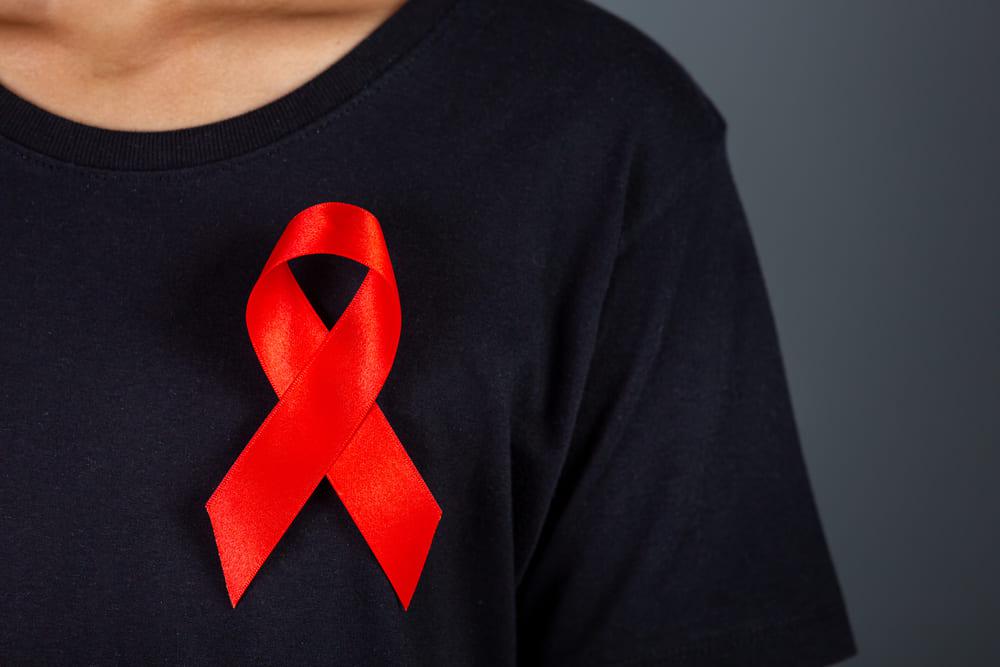As the global population of people living with HIV continues to age, managing the long-term health challenges associated with HIV and aging has become a critical public health priority. Thanks to advances in antiretroviral therapy (ART), many individuals with HIV are living longer and healthier lives. However, aging with HIV presents unique complexities that require tailored medical care, social support, and policy attention. This blog explores the intersection of HIV and aging, highlighting key statistics, health concerns, and strategies for improving quality of life for older adults living with HIV.

The Growing Population of Older Adults Living with HIV
The demographic landscape of HIV is shifting dramatically. In the United States alone, over half of the people diagnosed with HIV are aged 50 and older. According to the CDC, in 2023, approximately 54% (596,044 individuals) of the 1.1 million people living with diagnosed HIV were aged 50 and above. This trend is mirrored globally, with projections indicating that by 2040, one-quarter of people living with HIV in Africa will be aged 50 years and older.
This aging trend is a testament to the success of ART but also signals a need for comprehensive care models that address both HIV and age-related health issues.
Health Challenges Faced by Older Adults with HIV
Aging with HIV is accompanied by a higher risk of comorbidities compared to HIV-negative peers. Research shows that people living with HIV have about a twofold higher risk of developing atherosclerotic cardiovascular disease (ASCVD), among other chronic conditions. Other common health challenges include:
- Cognitive decline and neurocognitive disorders
- Bone density loss and osteoporosis
- Renal impairment
- Increased risk of certain cancers
- Mental health issues such as depression and anxiety
These conditions often appear earlier and progress faster in people living with HIV, necessitating proactive screening and integrated care approaches.
Access to Treatment and Viral Suppression Rates
Access to ART remains the cornerstone of managing HIV and prolonging life expectancy. Globally, at the end of 2023, 30.7 million people were accessing antiretroviral therapy, representing 77% of all people living with HIV. However, disparities exist:
| Population Group | ART Access Rate (%) |
|---|---|
| Adults (15+ years) | 77 |
| Children (0-14 years) | 57 |
| Women (15+ years) | 83 |
| Men (15+ years) | 72 |
| Pregnant Women | 84 |
Source: UNAIDS 2023
Despite these gains, older adults face unique barriers to care, including stigma, ageism, and comorbidities complicating treatment adherence.
HIV-Related Mortality and Regional Disparities
In 2023, the United States reported 4,496 HIV-related deaths among persons aged 13 and older with diagnosed HIV. The majority of these deaths occurred in males (76%) and persons aged 55–64 years (30%). Regionally, the South accounted for 56% of deaths, highlighting geographic disparities in care access and outcomes.
| Region/State | HIV-Related Death Rate (per 100,000) |
|---|---|
| District of Columbia | 8.9 |
| Georgia | 3.1 |
| Florida | 2.9 |
| Delaware | 2.8 |
| Louisiana | 2.8 |
Source: CDC 2023
These disparities underscore the need for targeted interventions in high-burden areas.
Quality of Life and Unmet Needs Among Older Adults with HIV
Quality of life (QoL) is a critical metric for aging populations with HIV. Unfortunately, a recent CDC report reveals that by 2022, none of the five QoL goals set by the U.S. National HIV/AIDS Strategy for people aged 50 and older were fully met. These goals include:
- 95% reporting good or better health
- 9.4% or less reporting unmet mental health needs
- 5.9% or less unemployment
- 9% or less experiencing hunger or food insecurity
- 7.4% or less experiencing unstable housing or homelessness
| Quality of Life Indicator | 2022 Status (%) | Target by 2025 (%) |
|---|---|---|
| Good or Better Health | Below 95 | 95 |
| Unmet Mental Health Needs | Above 9.4 | ≤9.4 |
| Unemployment | Above 5.9 | ≤5.9 |
| Hunger or Food Insecurity | Above 9 | ≤9 |
| Unstable Housing or Homelessness | Above 7.4 | ≤7.4 |
Source: CDC 2024
Addressing these social determinants is essential for improving outcomes.
Prevention and Awareness Gaps in Older Populations
Despite the rising HIV prevalence among older adults, prevention campaigns often focus on younger populations, leaving a critical gap. Studies from sub-Saharan Africa show that HIV prevalence among adults aged 50+ has doubled between 2000 and 2016 and now exceeds that of younger adults in some regions.
This gap in awareness and tailored prevention efforts contributes to ongoing new infections in older adults, who may underestimate their risk.
Strategies for Managing Long-Term Health Challenges
Integrated Healthcare Models
Combining HIV care with geriatric and chronic disease management helps address the complex needs of aging individuals.
Mental Health Support
Providing accessible mental health services reduces stigma and improves adherence to treatment.
Social Support and Housing Stability
Programs addressing food security, housing, and social isolation improve overall well-being.
Tailored Prevention Campaigns
Raising awareness about HIV risk in older adults is vital for reducing new infections.
Conclusion
The intersection of HIV and aging presents both challenges and opportunities. With over half of people living with diagnosed HIV aged 50 or older in the U.S. and increasing numbers worldwide, health systems must adapt to provide comprehensive, age-appropriate care. By addressing medical, social, and policy gaps, we can improve the quality of life and health outcomes for older adults living with HIV.
Summary Table: Key HIV & Aging Statistics 🌍💉
| Statistic | Value | Notes |
|---|---|---|
| People living with diagnosed HIV (U.S., 2023) | 1,132,739 | 54% aged 50+ |
| HIV-related deaths (U.S., 2023) | 4,496 | 76% male, 30% aged 55–64 |
| Global on ART (2023) | 30.7 million | 77% of all people living with HIV |
| New HIV infections globally (2023) | 1.3 million | Reduced 60% since 1995 |
| Older adults (50+) new diagnoses (U.S., 2022) | 16% of new diagnoses | Underserved prevention focus |
By embracing a holistic approach and increasing awareness, we can ensure that aging with HIV is met with dignity, health, and hope. 🌟💪❤️




